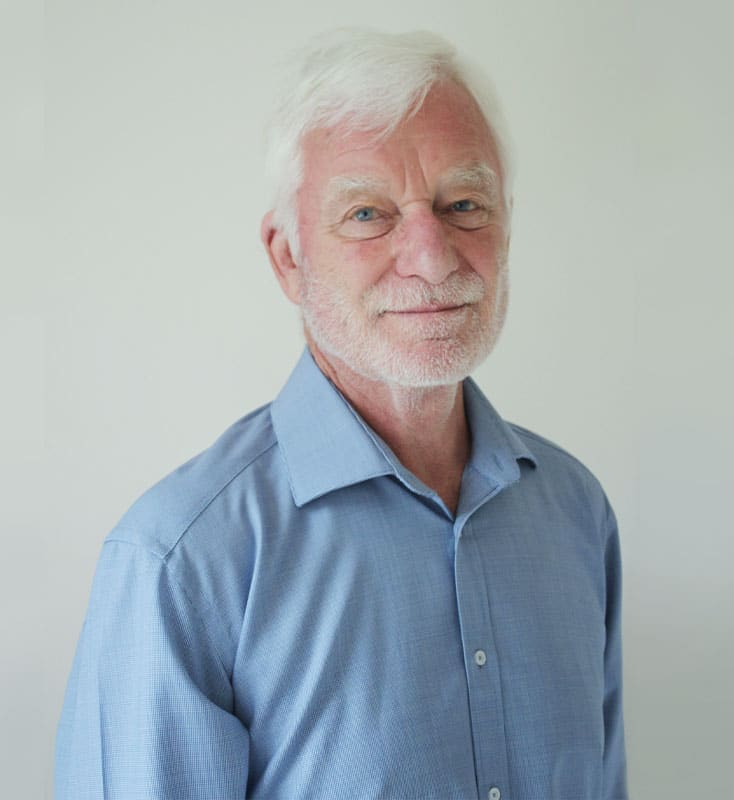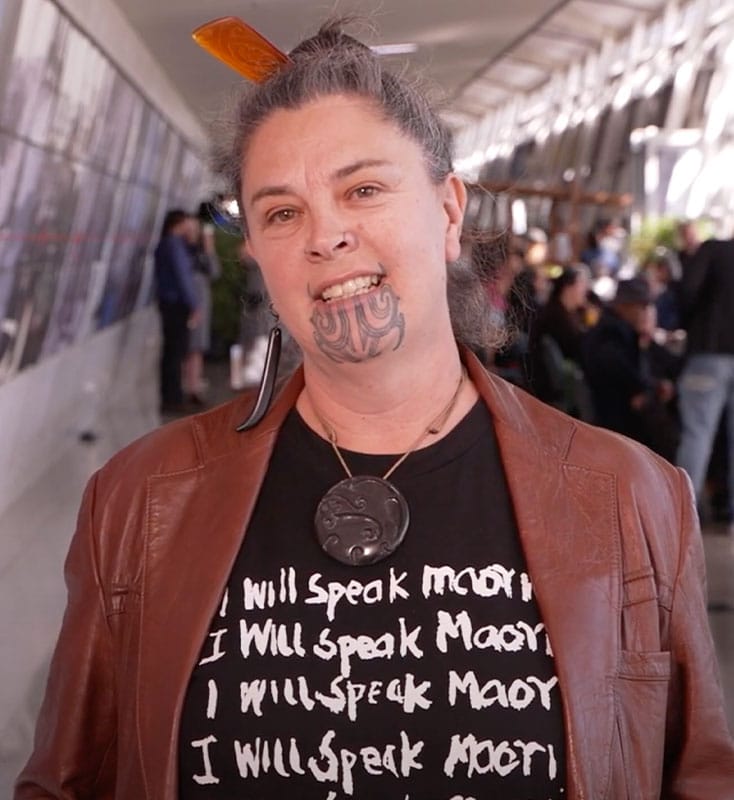Brown, D.,
Culture Homelessness Land
In Peters, E., & Christensen, J. (Eds.) Indigenous Homelessness: Perspectives from Canada, Australia, and New Zealand. University of Manitoba Press, , 331–362
2016
Read Publication
Brown examines the concept of homelessness from a Māori perspective, focusing on the loss of tūrangawaewae – a place to belong or stand – as a central aspect of Māori identity.
As the author explains, colonisation is often cited in New Zealand literature on homelessness as the mechanism for estranging Māori from their tūrangawaewae,1 the processes by which this has happened are not often described in detail. Understanding the past is central to developing strategies for the future in Māori custom. This chapter defines tūrangawaewae, landlessness, homelessness, and houselessness within Māori history. Brown traces the historical processes of colonisation that led to Māori landlessness and, consequently, houselessness. She discusses the colonial acquisition of indigenous resources, highlighting the impact of land dispossession on Māori housing and living conditions. The chapter argues that the journey to homelessness for Māori began with landlessness and that severe housing need and houselessness have, at times, also been an inherited outcome of the colonial acquisition of Indigenous resources to support Pākehā settlement. The chapter explores how landlessness led to severe housing need among Māori and their responses to these challenges through both active and passive resistance. Brown offers an in-depth analysis of the meanings and implications of tūrangawaewae and how its loss has affected Māori housing. She argues that understanding the past is crucial for developing future strategies to address these issues. The chapter also discusses current definitions of homelessness in New Zealand, emphasising the need for more inclusive definitions that recognise the unique circumstances of the Māori people, with a focus on the interactions between the concepts of tūrangawaewae, landlessness, and houselessness with the official definitions of homelessness.










